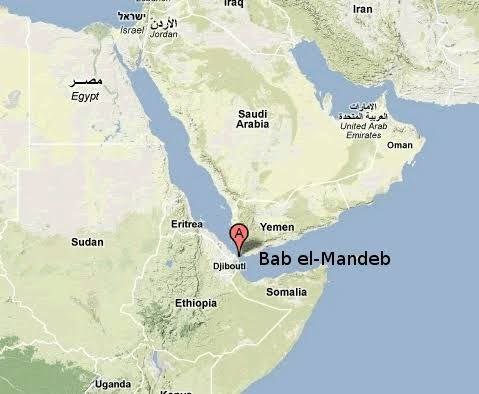Free Courses Sale ends Soon, Get It Now


Free Courses Sale ends Soon, Get It Now



Disclaimer: Copyright infringement not intended.
Context
About Bab al-Mandab Strait
The following are the most important facts regarding the Red Sea:
What are straits?
How do straits form?
What is the significance of straits?
Distinctions between the Gulf and the Strait
Gulf
Strait
Conclusion
|
PRACTICE QUESTION Which one of the following is the correct sequence of the positions in the Bay of Bengal from North to South? A) Gulf of Manar- Palk Strait-Palk Bay B) Palk Strait-Gulf of Manar- Palk Bay C) Palk Strait- Palk Bay- Gulf of Manar D) Palk Bay- Palk Strait- Gulf of Manar Answer: C |
© 2024 iasgyan. All right reserved